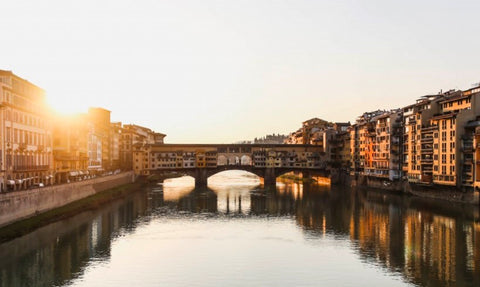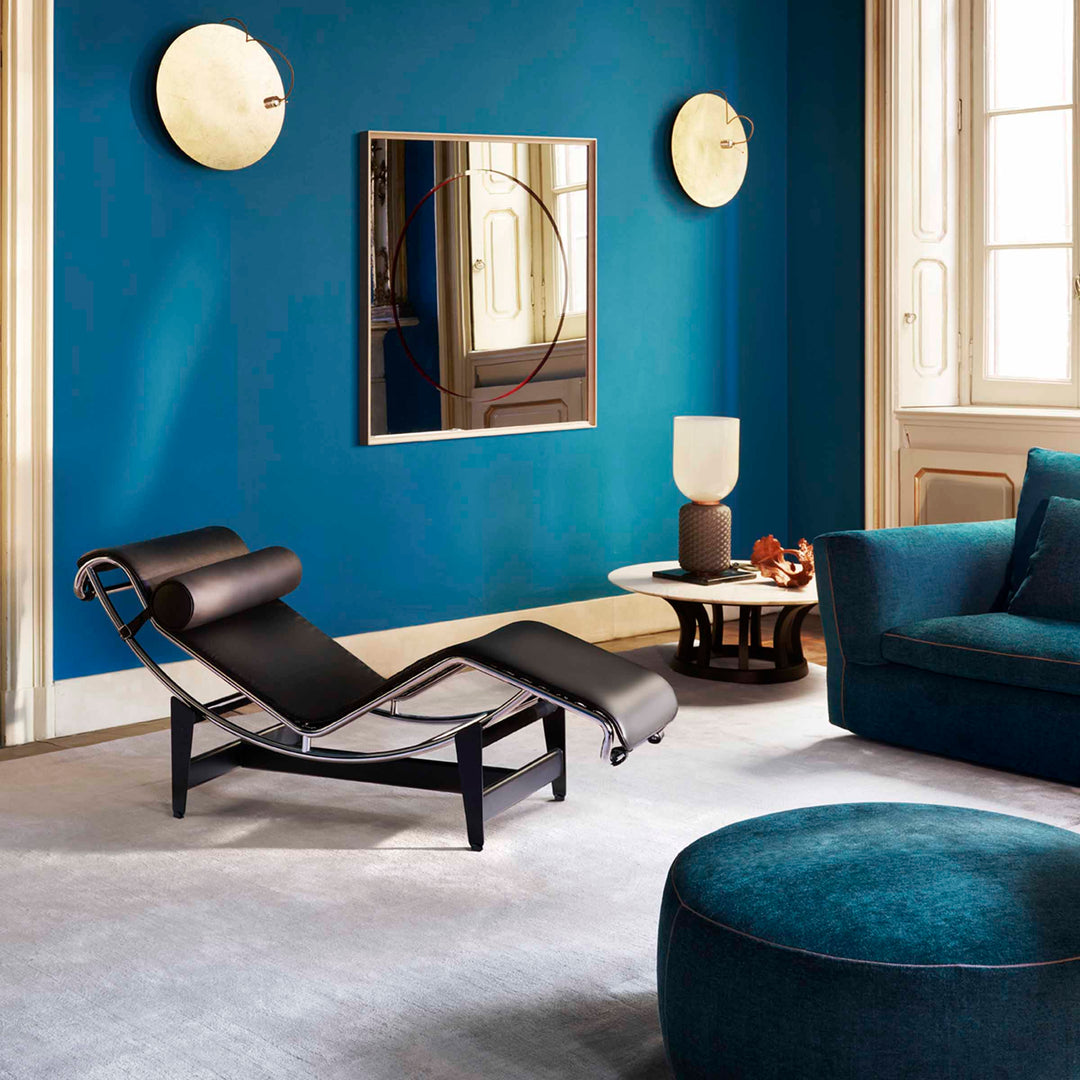DESIGN ITALIE ÉDITORIAL par Cristina Morozzi - Voyager en Italie 4 - TOSCANE
Le quatrième épisode de "Voyage en Italie" nous emmène en Toscane, une région riche en nature, villes d'art et avec un grand patrimoine manufacturier. Lisez l'éditorial de Cristina Morozzi pour découvrir cette terre.
Dans une interview célèbre, Gio Ponti disait que "le bon Dieu a été bon pour la Toscane parce qu'Il lui avait donné les collines, les Alpes apuanes, le fleuve Arno. Alors qu'Il n'avait rien donné à Milan, c'était donc aux architectes de la rendre belle."

La Toscane a tout et plus encore : une position géographique enviable, la mer et les montagnes, des villages sur les collines et des villes d'art. Parmi les autres, il suffit de mentionner la "Piazza dei Miracoli" à Pise, où sur une pelouse verte se dressent la Tour penchée, la Cathédrale et le Cimetière.
Le patrimoine manufacturier de la Toscane est vaste, varié et connu dans le monde entier.
Carrara est célèbre pour la transformation du marbre blanc extrait des carrières des Alpes apuanes. L'albâtre est le matériau rare et précieux travaillé dans la région de Volterra, à laquelle la ville a dédié un musée. Les vignobles du Chianti et de la Maremme produisent de grands vins (célèbres sont les domaines Antinori et Frescobaldi).
La céramique est produite à Montelupo Fiorentino, où le designer Ettore Sottsass avait l'habitude d'aller pour fabriquer ses vases. Parmi les marques les plus importantes du secteur, il convient de mentionner Bitossi, qui continue d'établir des collaborations avec des designers renommés. Le musée de la céramique de Montelupo a récemment dédié l'exposition "Vaso Naso" à Matteo Cibic, l'un des designers les plus éclectiques de la nouvelle génération.
La région de Pontedera et Poggibonsi abrite des entreprises de meubles bien connues telles que Ceccotti et Edra. À Prato, qui est le lieu de naissance de l'inventeur de la lettre de change Francesco Datini, les textiles sont travaillés et la ville est en fait connue pour l'invention du tissu régénéré, fabriqué à partir de chiffons. Malheureusement, elle est aussi tristement connue pour divers accidents du travail, comme le rapporte Mario Nesi dans son livre lauréat du prix Strega "Storia della mia gente".

Viennent aussi de Prato les Cantuccini, les biscuits secs aux amandes idéaux pour accompagner un verre d'une autre spécialité toscane célèbre, le Vin Santo. Sur le sujet des biscuits, n'oubliez pas les “Ricciarelli Senesi”, produits par la famille Nannini, et le dessert typique de Noël “Panforte”.

Florence est connue pour sa "scagliola", une poudre de marbre avec laquelle on peut créer des motifs incrustés élaborés (célèbres sont ceux qui décorent les tables exposées au Museo degli Argenti dans le Palazzo Pitti), et pour les travaux de micromosaïque utilisés dans la bijouterie fantaisie. À Sesto Fiorentino, la maison historique Richard Ginori (aujourd'hui acquise par Kering) a repris la production de porcelaine raffinée, rééditant également des pièces historiques créées par son ancien directeur artistique Gio Ponti.
Arezzo est connue pour ses orfèvres tandis que Colle Val d’Elsa pour son travail du cristal.
Le travail de la paille a des origines très anciennes et était déjà présent en Toscane au XIVe siècle. Signa est le centre du chapeau de paille de Florence. À San Mauro di Signa, Carlo Begé produit encore les classiques "pagliette" et de nouveaux créateurs reprennent la tradition en proposant des collections contemporaines, comme le florentin Michele Chiocciolini.
Enfin, il convient de rappeler que le prêt-à-porter est né à Florence en 1954 avec le défilé dans la Sala Bianca du Palazzo Pitti, promu par Giovan Battista Giorgini. De plus, le plus important événement italien de la mode masculine est Pitti Uomo, géré par la principale entreprise florentine dans l'organisation de salons, Pitti Immagine.
L'événement annuel "Artigianato a Palazzo", promu par la princesse Giorgiana Corsini dans les serres de citronniers du palais familial historique, présente les merveilles de l'artisanat toscan. Nous en avons parlé dans notre article précédent ici.
Articles connexes :
















